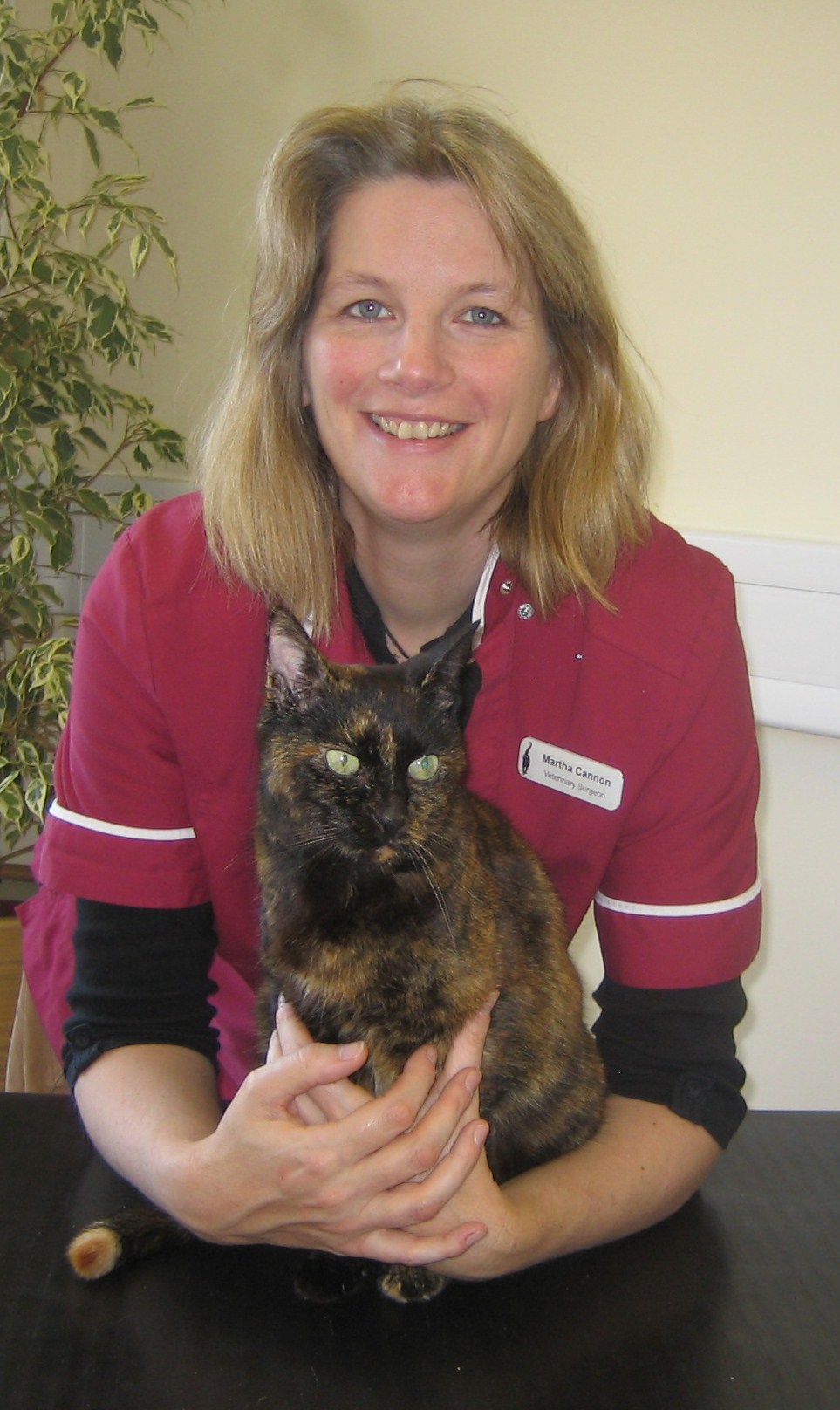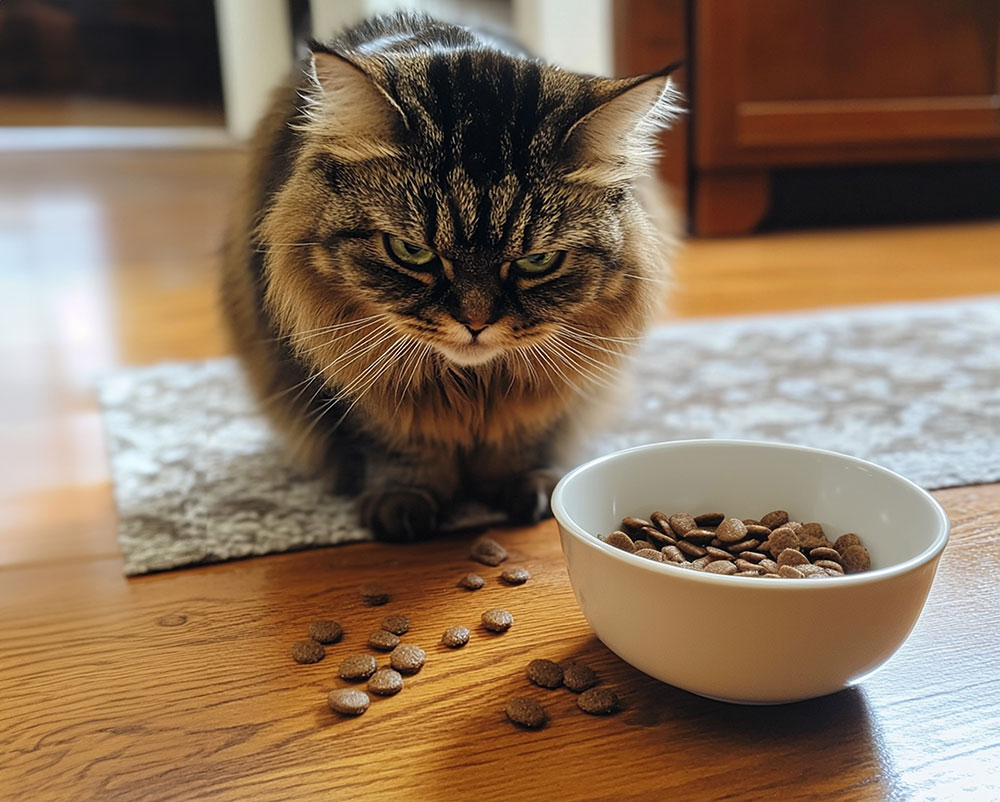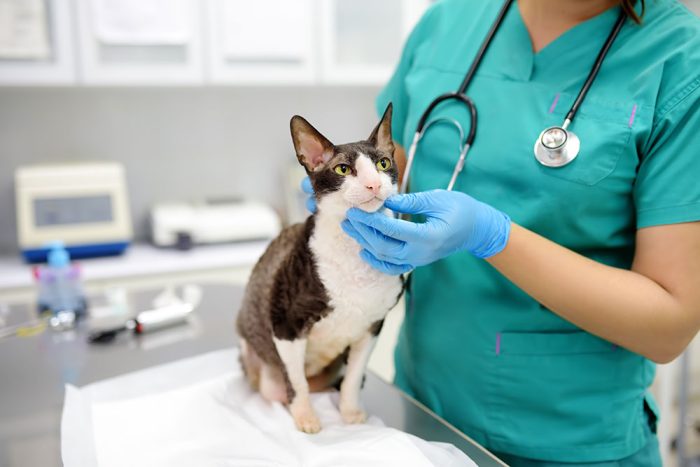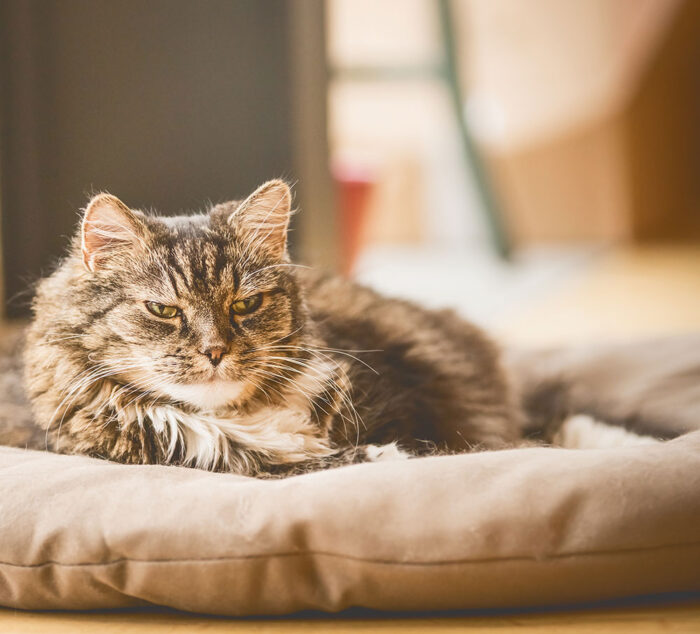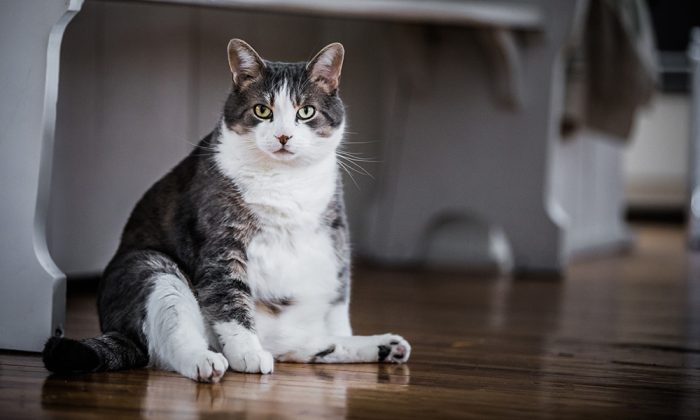Maintaining a good level of nutrition is essential for recovery from any illness or injury but can be especially challenging in sick cats. This learning series with Martha Cannon reviews some of the common causes of inappetence in cats and provides practical approaches to their management. It also covers some tips on reducing stress in practice to encourage shy cats to eat.
6 Hours CPD
£60.00 + VAT (Non-Member price)
0 +VAT (Member price)
Find out more about our Membership plansUnlimited Access
Subscribe now for unlimited access to all Central CPD On-Demand Content
Subscribe Now-
Description
Topics covered include:
- Recognising and treating common causes of inappetence in cats including nausea, chronic pain, chronic kidney disease, pancreatitis
- Understanding how dehydration contributes to poor appetite, and how poor appetite causes dehydration
- Fluid therapy for cats
- Using constant rate infusions to deliver medication in a stress free manner
- Know how to place and manage feeding tubes to support assisted feeding
- Practical tips to make your practice more cat friendly
-
In association with...
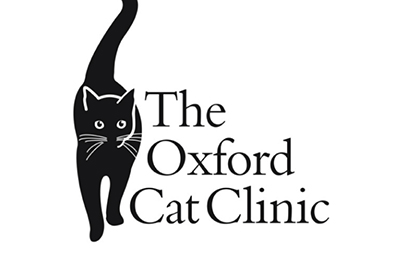
Related courses
Practical Feline Nursing: Managing Common Conditions
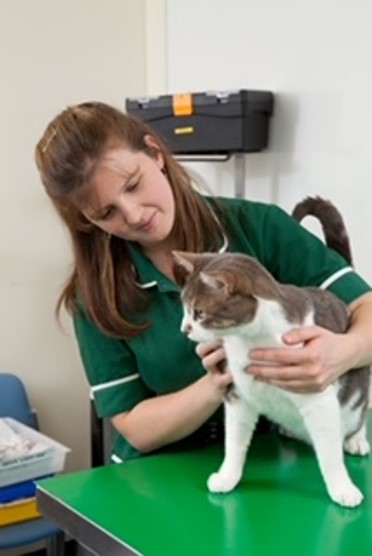
Suzanne Rudd
Caring for cats within general practice can often be tricky; with most cats feeling highly stressed in the hospital environment, making diagnosis, treatment, and monitoring of these patients a real challenge for us.
However, despite these difficulties, our feline friends can be some of the...
Nursing Care of Elderly Cats: Maintaining Health and Improving Welfare

Kelly Eyre
Older cats are more likely to suffer from various (and often multiple) health conditions and increasingly there is an awareness that proactive assessment of senior and super senior cats is key in recognising these conditions, allowing treatment to be instigated at an early stage.
There are now...
Feline Obesity: Causes, Consequences and Management

Lucy Hoile
Feline obesity is a prevalent condition throughout the UK and across the world, leading to numerous secondary medical conditions which could be prevented or controlled by tackling the obesity and returning the cat to a healthy weight. However feline obesity is not an easily treatable condition; it...
